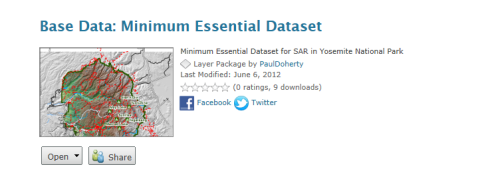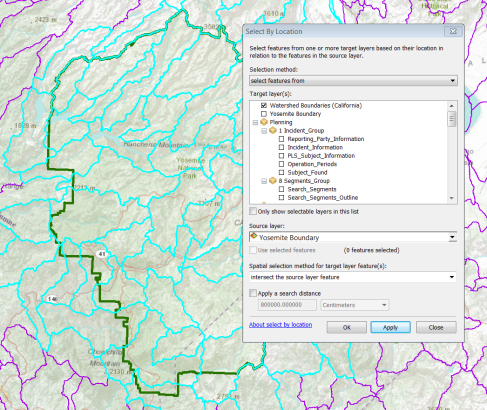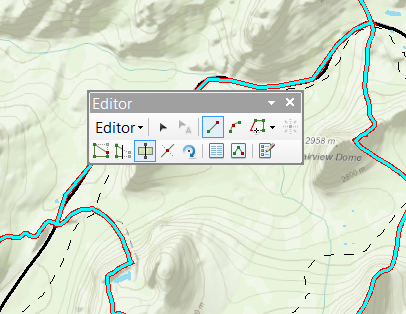Today history was made in Sacramento, CA!
Thanks to the hard work of the GISCorps and California Office of Emergency Services, members of the California GISCorps SARGIS pilot program have been sworn in as Disaster Service Workers (pending background and paperwork processing).
This means that the GISCorps members trained in MapSAR and other SARGIS tools can be called up as mutual aid resources by the State to help with missing person searches, recoveries, and any type of disaster where a GIS resource is needed. We will be discussing topics like standard training and qualifications, remote support, and equipment provisioning in future meetings.
Don't forget the GISCorps can volunteer to help on project work as well, don't wait until there is a disaster! There is probably a member near you and their response area is worldwide.
A very special thank you to Lorri Peltz-Lewis (GISCorps / USFS), Matt Scharper (CalOES), Tom Patterson (Esri, retired), and the California OES GIS Team for making this possible.
To find out more, see the California Disaster Service Worker Volunteer Program website.
So....which State will be next? How long until all 50 recognize the need for GIS in search and rescue operations? Let us know if you would like to see something similar in your State.



